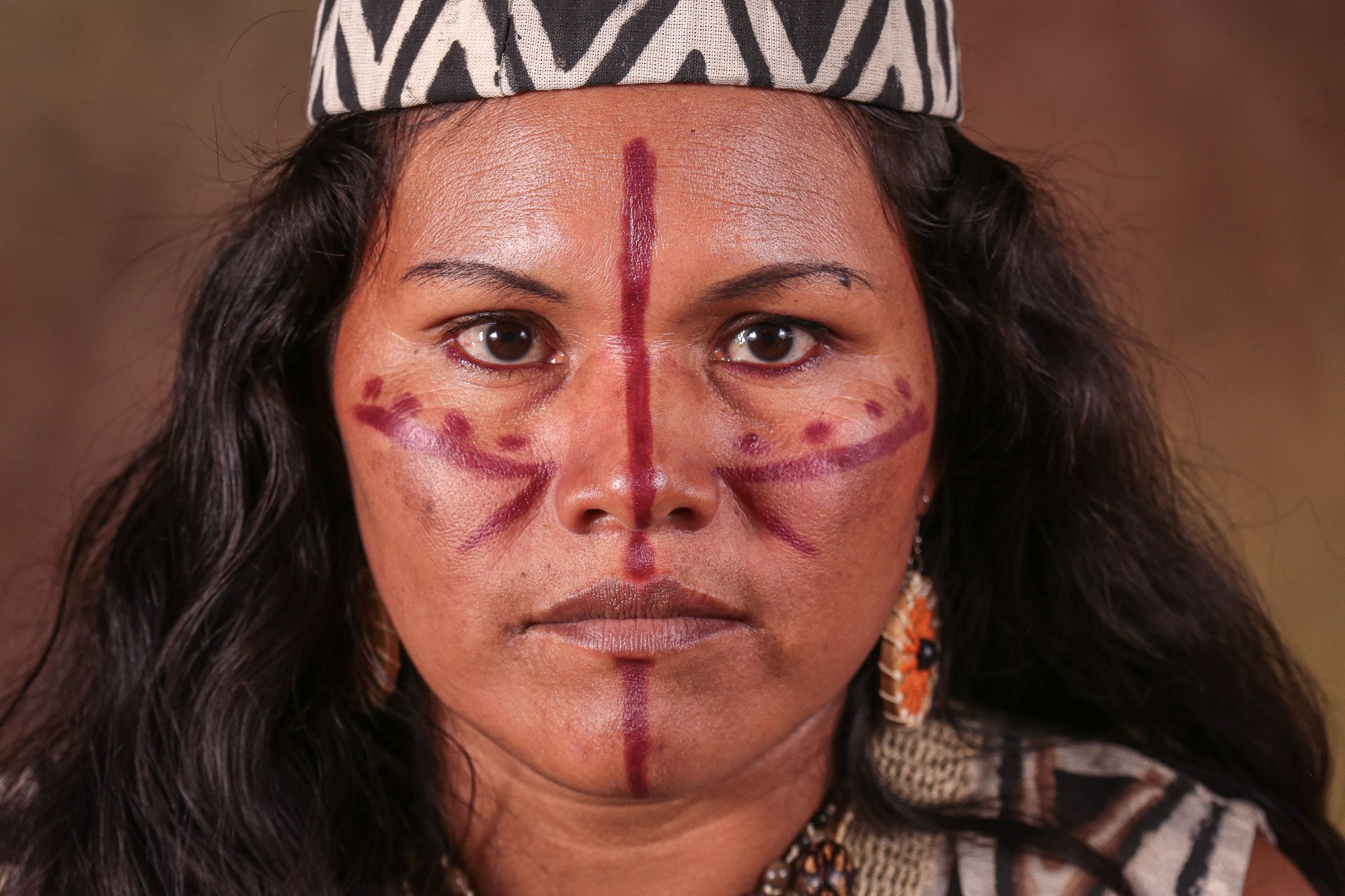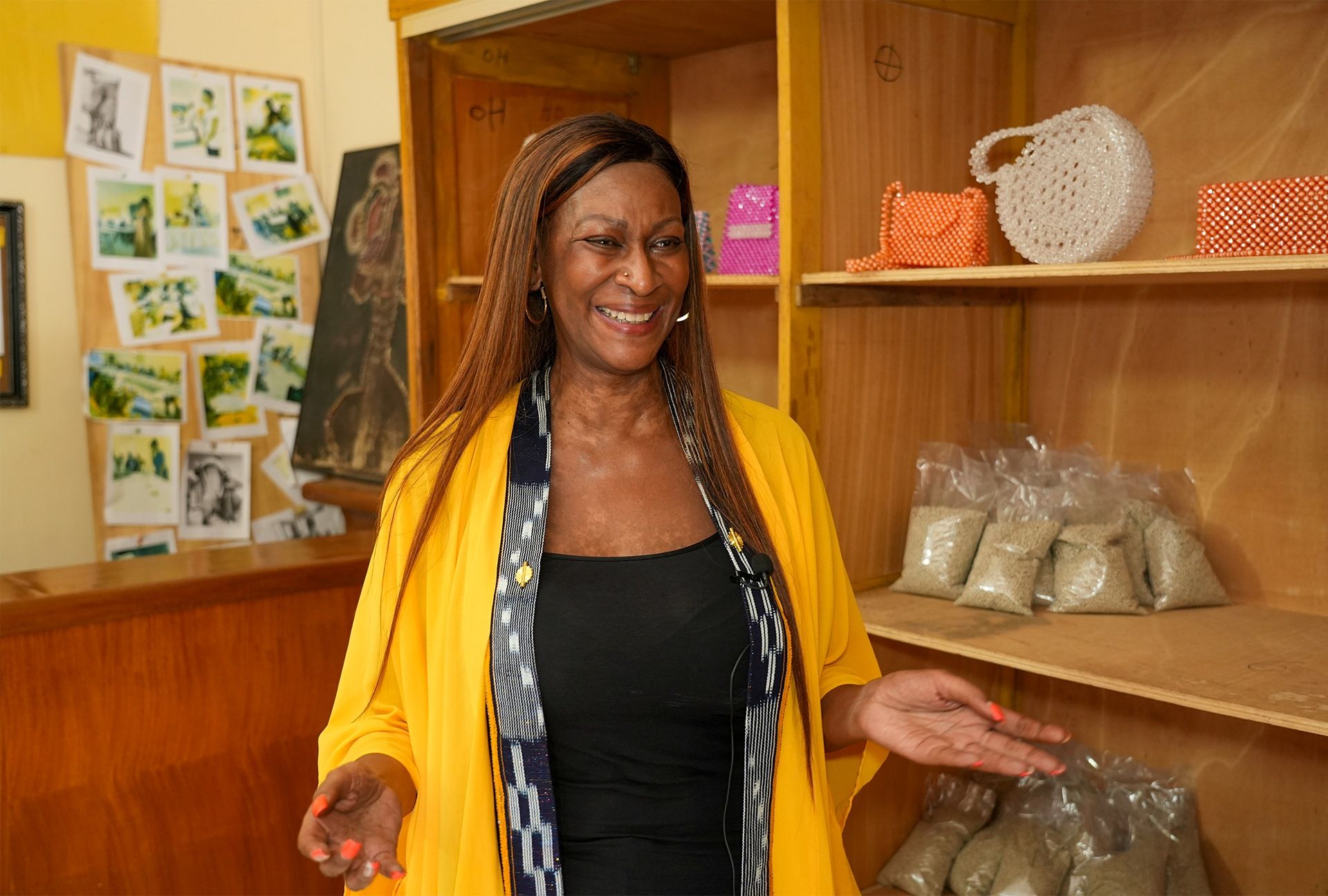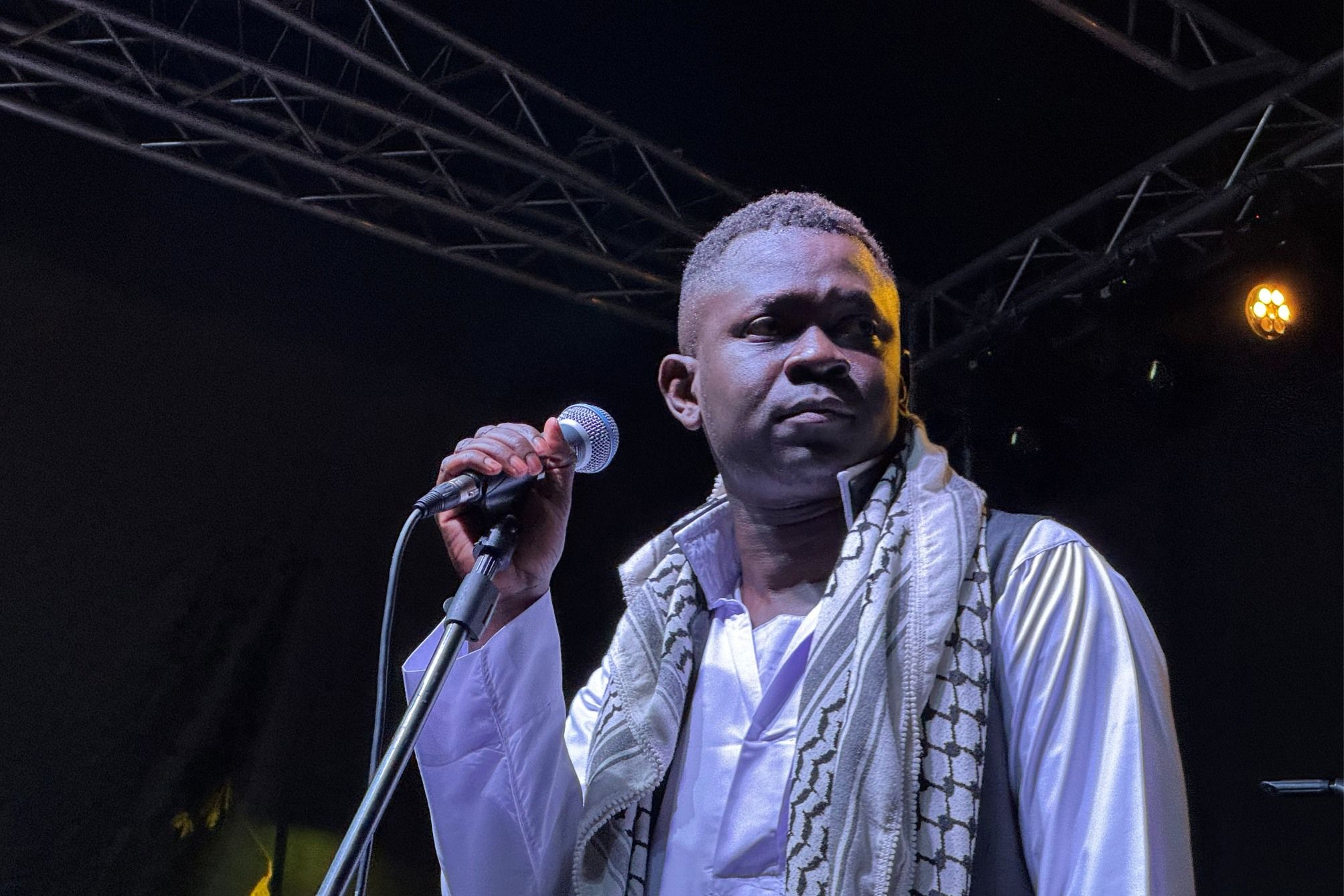
The 19th-century rubber plantations: a prelude to Lilia Isolina Java’s story
In the 19th century when colonialism was ripening in various parts of the world, the disruptive force of slavery did not spare indigenous Amazon forest communities.
With the rubber business opening like a sun-kissed flower bud, lucrative rubber plantations increasingly became a ‘prison’ to indigenous communities. The powers that be forced the indigenous people to toil in rubber plantations. To ensure the proximity of the labour force to the plantations, people were cruelly resettled from their original lands to the areas around the Amazon rivers.
The lucrative rubber business soon, however, lost its lustre and allure. It collapsed. But by then, the people were already used to living by the river – a case of prisoners falling in love with their prison – and of their own volition, chose to remain there.
Later, in the 20th century, missionaries arrived at the Amazon rainforest areas, armed with smile-stretched faces and the Bible. They introduced a new way of living to the communities, singing constantly in the people’s ears how their ancestral cultures and structures were displeasing in the eyes of the Lord.
While these missionaries staged and managed a successful usurping of most of the community’s old ways of living, the people triumphed in the sport of stubbornly sticking with their ancestral beliefs—on top of the list being that there are 3 layers to the universe: air, land, and water.
A notable turnaround of the indigenous people’s lifestyle was the shift from traditional houses to rectangular structures proposed by the missionaries.
It was in this setting that Lilia Isolina Java was born in 1985, in Colombia, a few miles northwest of the quiet village of Puerto Nariño, on the shores of Loretoyacu River, a tributary of the Amazon. Loretoyacu River is known for its black waters caused by the decomposition of plants.
Meet Lilia Isolina Java, whose attachment to the pink dolphin inspires her conservation work
Lilia grew up watching her grandfather work to protect aquatic mammals, by cataloguing the dolphin population in the Amazon rivers’ basins. Her love for the mystical pink dolphin grew on the fertile grounds of ancestral stories passed down generations like a priced heirloom, about the mammal’s sacred connection with indigenous spirituality. Years later, an adult Lilia became a force to reckon with in the protection of the environment, specifically the fauna (animals).
Lilia Isolina Java is currently an indigenous Kokama community leader, and a firm and defiant environmental activist focusing on protecting the pink dolphin, the otter, and manatees.
In the short documentary Rainforest Defenders Colombia funded by the Rainforest Journalism Fund and the Pulitzer Center, Lilia says, “To us [the Tikuna, Kokama, and Yagua indigenous communities], three worlds exist. The world above, the world in between, and the world below; which is the world of water.”
She then proceeds to eagerly talk about the fauna in the world of water, “Aquatic mammals are magical beings that live in another world (water) different from ours, but one that belongs to our biological cycle.”
Lilia concedes to having a unique attachment to the pink dolphin; an aquatic mammal considered quite rare and a vulnerable population. It is this rare attachment that sets a solid foundation for her warrior resolve to protect the flooded rainforests. In Rainforest Defenders Colombia, we see Lilia and her colleague riding a boat, approaching a flooded rainforest. As their boat glides gently through the flooded forest, Lilia explains why flooded rainforests are important to not only human beings but also dolphins.
“They are important to human beings because they give food to fish, and humans feed on fish.” And to dolphins, flooded rainforests “provide a place where dolphins can easily feed.”
Why the pink dolphin is considered sacred, to the point that Lilia dedicates her life to protecting its population
The pink dolphin (scientific name Inia geoffrensis), is also known as the Amazon River dolphin, or Boto. Apart from the sacred honour indigenous Amazon communities have bestowed upon it, the pink dolphin also has physical traits that set it apart from other dolphins. To give an example, other dolphins cannot rival the pink dolphin’s agility which enables it to turn its head at a ninety-degree angle. And the story of why Lilia and her community cherish the pink dolphin as sacred is even more interesting.
Found in the upper Amazon of Colombia’s triple border with Peru and Brazil, the pink dolphin has earned a warm spot in the ancestral myths of the people of this area. In an interview Lilia gave to Open Democracy, she related the strange story on which her people’s beliefs hinge, and one that fuels her motivation to protect the fauna of the Amazon rainforest. The abridged version goes something like this:
During some of their [Amazon rainforest communities] celebrations—and one of the examples is the pelazón which is a painful rite of passage where the hairs of young girls are pulled out to signify their entry to puberty—the pink dolphin visits the people in the form of a human being. This human being, a man, is chic; sporting a belt, wristwatch, good shoes, and a hat. It is only one man in the entire community, the “Shaman” (who has special abilities), that can know that this unique human being is not a person, but a pink dolphin.
Lilia narrates that after the ‘visitor’ gets drunk with chicha (a fermented drink), he staggers to the bank of the river and collapses into a deep sleep. It is while in this deep slumber that he transforms back into a pink dolphin. Lilia continues to narrate that the Shaman then yells, “Look, the hat of this person is a ray, the watch is a crab, and the belt is a boa snake. The shoes are fish!”
If you find that strange, then buckle up for even stranger revelations. The indigenous communities also hold a belief that pink dolphins were responsible for the mysterious disappearance of women in their communities. The dolphins would shape-shift into humans, charm the women with their handsome allure, and then take them into the waters.
How about the worldwide take on dolphins? Universally, dolphins have played a lifeguard role. According to an article published by The Animal Fund under the title Dolphins and Humans, while no one understands why, dolphins have saved human life from drowning, protected humans against sharks, and guided ships to safe shores during turbulent waters. It’s chronicled that the dolphin’s lifeguard role has gone on for thousands of years, dating back to ancient Greece.
Lilia and her community also hold the pink dolphin sacred and special for its lifeguard role.
On a lighter note, the 2005 comedy science fiction film The Hitchhiker’s Guide to the Galaxy, adopted from Douglas Adams’ book by the same title, tickles us with a humourous line blossoming on the playfulness (e.g. ball-kicking and whistling) of the dolphin. It goes, “long ago, [the dolphin] knew of Earth’s planned destruction and tried to communicate this to humans who misinterpreted it as ‘amusing attempts to punch football or whistle for tidbits’”.
Why the pink dolphin and other aquatic mammals need protection, and how Lilia is protecting them
Lilia’s fight is one dedicated to overcoming challenges that pose a threat to the population of the pink dolphin of the Amazon, and other aquatic mammals like the otter and the manatees. She has dedicated her life to defending a vulnerable ecosystem threatened by continuous dangers like the threats of illegal fishing.
According to World Wild Life, the pink dolphin looks at a parlous possibility of extinction. Its vulnerable population is threatened by the human contamination of rivers and lakes.
In Lilia’s environmental activism, she bravely fights on the front line against human activities that threaten to render the pink dolphin extinct. Such activities include the threat of illegal fishing. The good news, however, is that the damage and upset caused by inroads of refrigerated boats that use non-traditional fishing gear is now under control.

Lilia and her colleagues set up a raft at the entrance of Lake Tarapoto. This raft has enabled them to run an efficient canoe traffic control station, from where they can authorise entry and monitor the exit of fishing boats. Population count of various species of fish and aquatic mammals, an activity Lilia’s grandfather prided himself in doing years ago and inspired her granddaughter, is also managed from the raft.
Who said it’s a man’s world? How Lilia upset the scales of patriarchy
Is it a man’s world?
Maybe it used to be, but look around, it isn’t so, anymore.
The scales of patriarchy are continuously tilting to allow for a balanced world where even women lead. Environmental activism had long been a male-dominated fiefdom. Lilia was aware of this when she started out. But it never manacled her. Her defiant spirit and fierce fire within, burning out of an innermost emotional and spiritual connection to the pink dolphin, inspired her to dare challenge illicit axioms posing that it’s a man’s world.
“Being a woman leader is a challenge, due to our customs,” Lilia says in the documentary, “because women have an obligation to their children, husbands, and community.” But then she boldly asserts, “And that’s where we have broken stereotypes.”
She has risen above the herd to topple this social order, and her name is revered and will be honoured in the environmental activism hall of fame, long after she’s gone.
Lilia Isolina Java beams with pride when she talks about her success in involving her husband and children in the work of conservation. “Bringing my husband and children on board has been key in helping me move forward.”
With that, she is able to strike the often elusive balance between family and conservation work.
The time is now!
Kenya’s late Professor Wangari Maathai famously said, “In the course of history, there comes a time when humanity is called to shift to a new level of consciousness, to reach a higher moral ground. A time when we have to shed our fear and give hope to each other. That time is now."
Lilia Isolina Java, by all conceivable standards, embodies the veracity of the above profound statement, through her conservation work.
And indeed, the time to fight for our environment is now!




